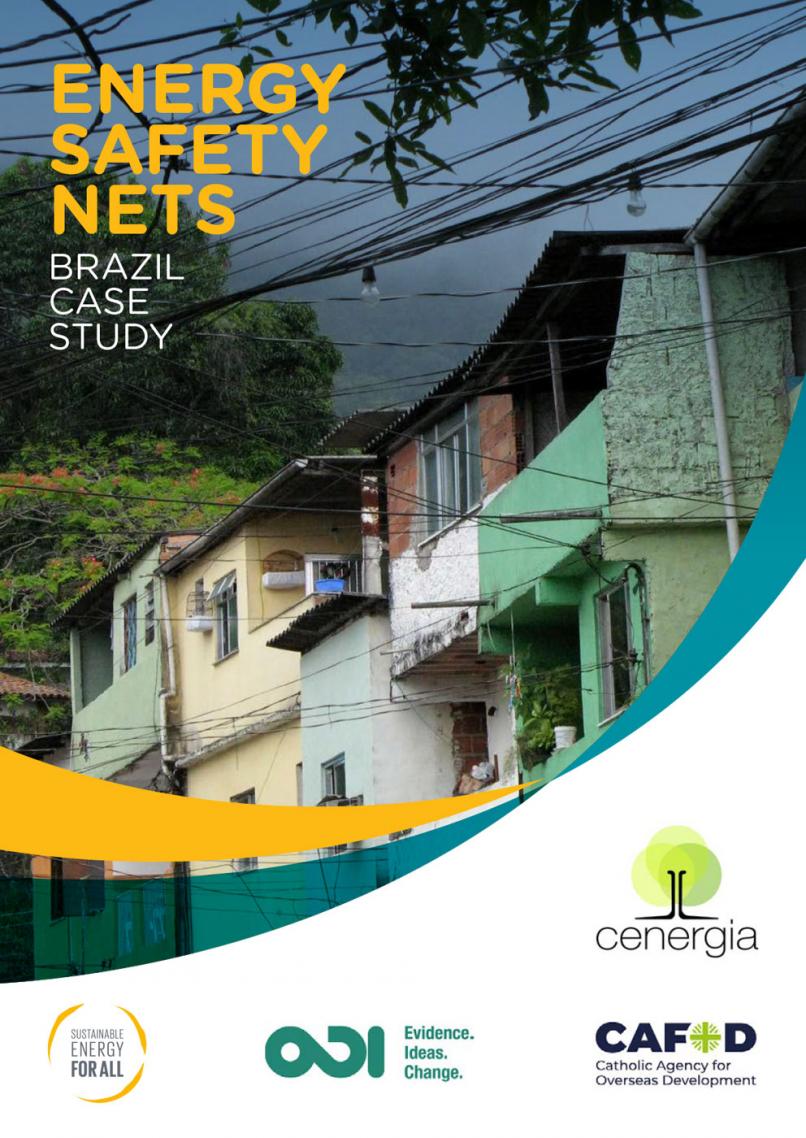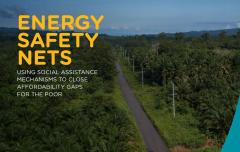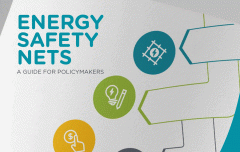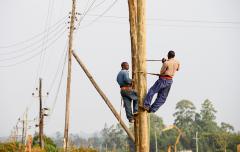Energy Safety Nets: Brazil Case Study
The Energy Safety Nets: Brazil Case Study aims to provide guidance for policy- and decision-makers, by identifying measures in Brazil that have been successful in enabling very poor people to access modern energy services and exploring the reasons for their success and challenges encountered. Its findings are based on quantitative and qualitative analyses of three programs that directly and indirectly impact the access and consumption of modern energy sources: Luz para Todos (Light for All) and Tarifa Social (Social Tariff) for electricity, and Bolsa Família (Family Allowance) for LPG for cleaner cooking.
This country case study – like the other five, covering Ghana, India, Indonesia, Kenya and Mexico – seeks to answer four research questions:
- The Luz para Todos program has provided electricity connections to more than 3.4 million households, many of which are among the most vulnerable groups in Brazil. Brazil is on track for all households to have an electricity connection well before 2030.
- Tarifa Social supports almost 9 million households and helps to protect the electricity consumption of the most vulnerable groups in Brazil. This was confirmed by the increase in household electricity consumption, especially in low-consumption households, during the recent economic crisis.
- Bolsa Família represents an important resource for nearly 14 million low-income families but has limited impact on improving access to clean cooking energy services. This is because the value of the support has not kept pace with increasing LPG prices, and it can easily be diverted for other purposes.
See also: Energy Safety Nets series




